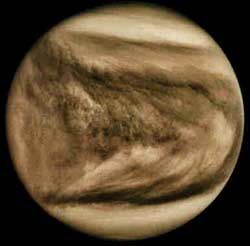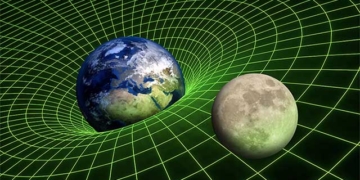In the morning, as dawn breaks, we sometimes see the “Morning Star” appearing in the East. At dusk during sunset, we occasionally spot the “Evening Star” in the West. These two stars are, in fact, one and the same: Venus. Venus is the brightest planet in the night sky, second only to the Sun and the Moon. It is also known as the “Evening Star” or “Morning Star” due to its bright appearance.
 |
(Image: ffm.junetz) |
Why does Venus appear sometimes in the East at dawn and at other times in the West at sunset? Venus is an inner planet, and from Earth, it is always seen hovering on either side of the Sun. When it moves to the West of the Sun, it rises in the East before sunrise, and we call it the “Morning Star.” Conversely, when it shifts to the East of the Sun, it appears in the Western sky after sunset, earning the name “Evening Star.” This means that the Morning Star and Evening Star cannot be seen at late night and cannot be observed on the same day.
One orbit of Venus around the Sun takes about 225 Earth days, while its rotation on its axis takes 243 days. Because these two motions are in opposite directions, from Venus, the Sun rises in the West and sets in the East. Due to the opposite rotation, a single day and night on Venus is significantly shorter than its rotation period. It is calculated that a day and night cycle on Venus lasts 117 Earth days, with each day and night lasting about 59 days. Thus, a “year” on Venus is roughly equivalent to “2 of its days.”
Venus has a volume and mass similar to Earth. It also possesses an atmosphere that reflects sunlight, giving it its bright glow. In the past, it was believed that Venus and Earth were “twin sisters,” possibly harboring life. Since 1961, the Soviet Union has launched 14 probes to study Venus and found that its atmosphere is hot and thick, filled with sulfuric acid clouds. The primary component of Venus’s atmosphere is CO2, accounting for 97%, with levels of argon and neon (Ar and Ne) much higher than those in Earth’s atmosphere. The surface pressure on Venus is 90 atmospheres, equivalent to the pressure at a depth of 900 meters in Earth’s oceans. This immense pressure causes a “greenhouse effect” on Venus, raising surface temperatures to 480 degrees Celsius. Clearly, such an environment is inhospitable to life.



















































